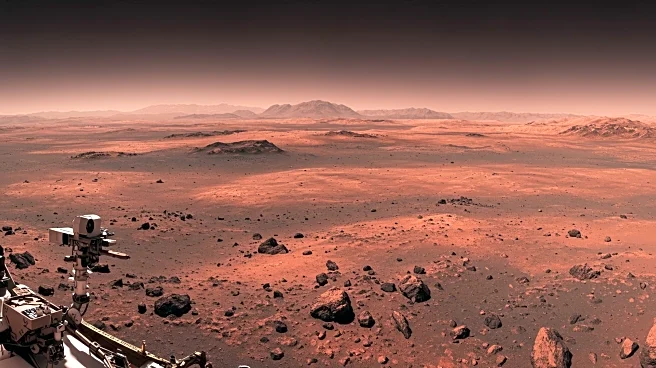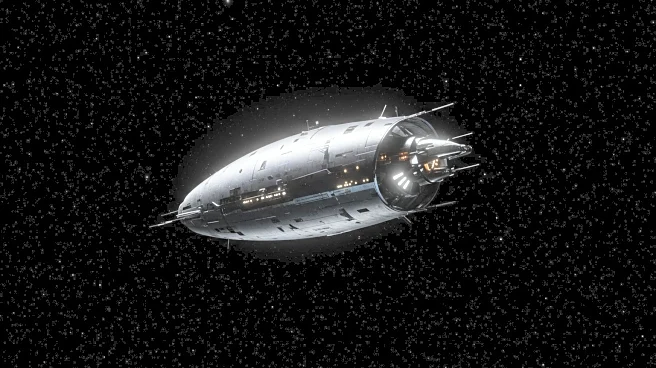Rapid Read • 7 min read
NASA's Perseverance Rover has captured a 360-degree panorama of Mars, showcasing the planet's terrain with enhanced color contrast. The images, taken by the rover's Mastcam-Z instrument, reveal Mars' landscape in a way that resembles Earth's rocky deserts. This enhancement allows scientists to better differentiate the terrain and sky, providing clearer views of the Martian environment. The panorama highlights the dust-free skies and the surrounding terrain, offering insights into the planet's geological features.
AD
The enhanced images from Mars are significant for planetary science as they provide a clearer understanding of the Martian environment. By comparing Mars' terrain to Earth's deserts, scientists can develop better strategies for future exploration and rover missions. This visual similarity aids in testing rover technologies in Earth-like conditions, potentially improving the detection of molecular evidence of life on Mars. The research could lead to advancements in astrobiology and the search for ancient life on Mars.
NASA plans to continue using enhanced imaging techniques to study Mars' surface, potentially leading to new discoveries about the planet's history and habitability. Future rover missions may incorporate similar technologies to explore other regions of Mars, aiming to detect signs of past life. The ongoing research and development of rover technologies will likely focus on improving the ability to operate in Mars' harsh conditions, with the goal of expanding human knowledge of the planet.
The use of enhanced imaging on Mars raises questions about the ethical implications of altering natural images for scientific purposes. While it aids in research, it also challenges perceptions of the planet's true appearance. This technique could influence public understanding of Mars and its environment, highlighting the need for transparency in scientific communication.
AD
More Stories You Might Enjoy










